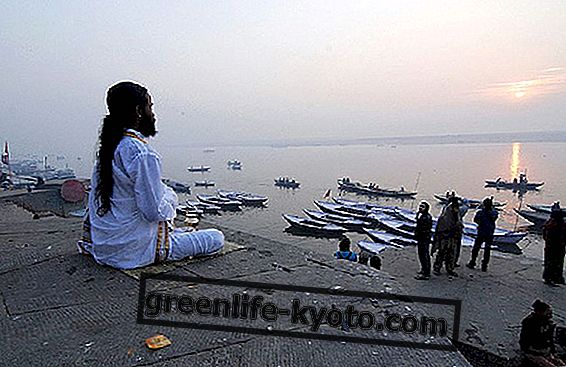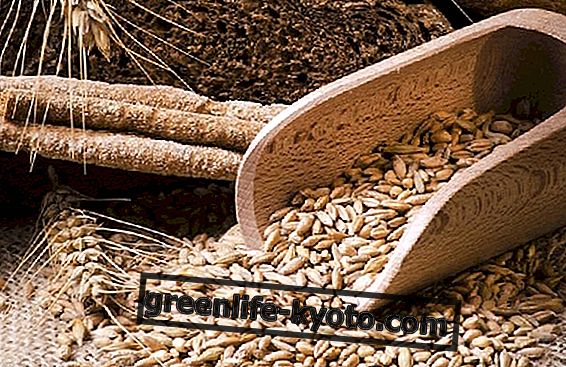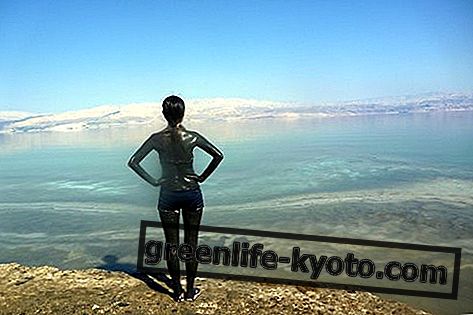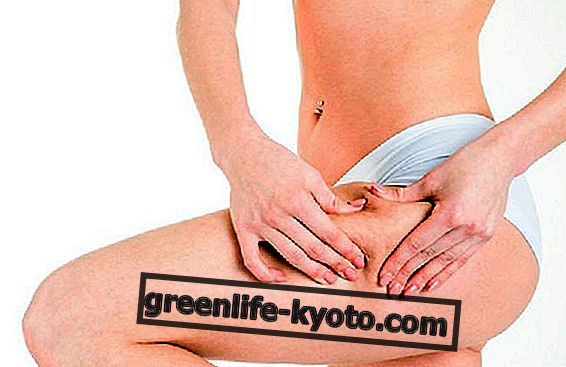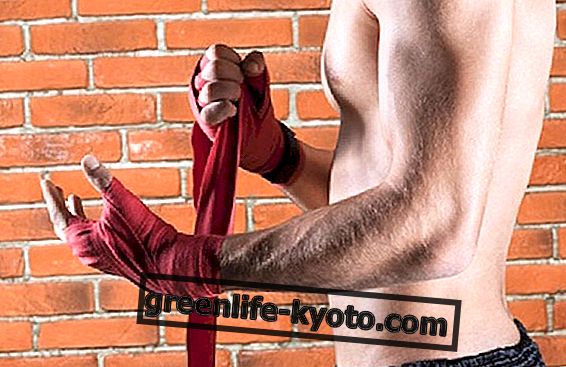
Yoga of breathing
Everyone believes they know how to breathe properly . It is natural, we think. In reality, it is not so. We breathe incorrectly, we do not know the phases of breathing, let alone the relative benefits. Yoga considers breathing as fundamental. Yoga breathing can be divided into three moments, which come together in a single act of ideal breathing. The diaphragm, the thorax and the clavicular area are used . We will therefore have abdominal, thoracic and high breathing, respectively.
In order to breathe completely and correctly, one needs calm and depth in the breath. No forcing and no clicks. We start with ... exhalation . You throw out the stale air inside your body. The posture to be taken is sitting, with a straight back, erect neck and head. The abdominal wall contracts and the rib cage is empty. The diaphragm must rise upwards. If we pay attention, we inhale and exhale in reverse. Expiration duration is good for eight seconds, about twice the inspiration. Tilting the chin on the sternum helps in the process.
Now we are empty. We fill the body with new air with inspiration . This must be like a wave. It starts from the abdomen and passes through the rib cage to reach the top. The diaphragm is lowered.
Let us now see pranayama, Yoga breathing par excellence.
Pranayama: conscious breathing
Conscious Yoga breathing is based on three fundamental principles, three key moments of the conscious breathing:
- Inhalation ( puraka ), through which the body is stimulated;
- Exhalation ( rechaka ), phase in which poisons are expelled from the body;
- Retention ( kumbhaka ), moment of redistribution of energies throughout the whole organism
The triadic technique is not as simple as it may seem at first reading. Pranayama presupposes listening to oneself, absorption capacity, willingness to broaden perception, to manage control. The manipulation of the internal prana to one's body tends to re-establish the spontaneous flow and remove energy blocks that translate into psycho-physical closures. Pranayama breathing is rooted in Yoga in a radical way and it is found in any type of yoga you practice. The practitioner gradually trains the mind and experiences the sensation of spontaneous suspension of the breath. In a broad sense, those who practice pranayama learn to stay suspended. Creating the conditions for this evolution of consciousness requires time, care and love.


